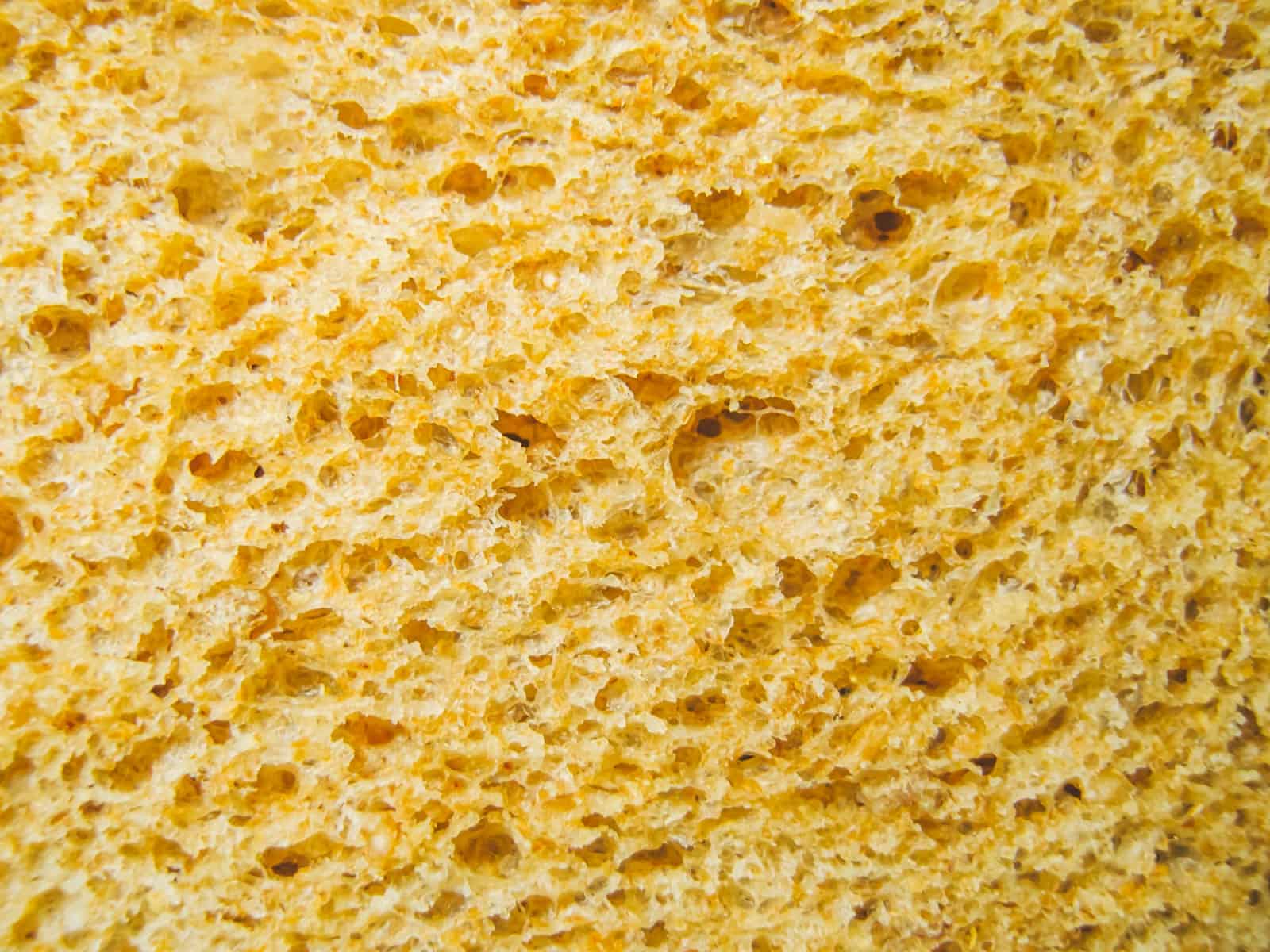Rope Sizer Deconstructed: The Engineering Principles Behind Load, Strength, and Safety
Introduction: A Technical Approach
The term “rope sizer” is misleading. It’s not one physical tool. Instead, it’s a systematic process based on engineering calculations. This method combines physics, material science, and situation analysis. The goal? To pick a rope with the right strength and features for a specific job.
Guessing when selecting rope leads straight to disaster. A technical approach isn’t optional—it’s essential for safety and equipment protection.
This guide breaks down the rope sizing process for technical professionals. We’ll cover these key areas:
- The core physics of rope strength and safety margins.
- Critical properties of modern rope materials.
- The engineering formulas for calculating required strength.
- A practical case study applying these principles.
Poor rope sizing can cause sudden, high-energy failures. The results range from expensive equipment damage to serious injury or death. Understanding the engineering behind this process is your first defense against these risks.
Foundational Rope Physics
To size a rope properly, you must first understand the basic terms of load and strength. These concepts are the foundation of every calculation and safety consideration in rigging and lifting work. They’re not the same thing—each has a precise engineering definition.
Minimum Breaking Strength (MBS)
Minimum Breaking Strength, or MBS, shows a rope’s absolute limit. It’s the force, measured in pounds-force (lbf) or kilonewtons (kN), that will break a new rope sample when pulled straight under controlled lab conditions.
Think of it as the maximum force the rope can handle before it snaps. This is a baseline number from the manufacturer. It’s not a target to aim for in real-world use.
Working Load Limit (WLL)
The Working Load Limit, or WLL, is the maximum load a rope should ever carry during normal use. This is the practical, safe maximum.
The WLL is a portion of the MBS, calculated using a Design Factor. It accounts for the fact that real conditions are never as perfect as a testing lab.
Design Factor
The Design Factor, also called the Safety Factor (SF), connects a rope’s theoretical limit to its practical working capacity. It’s a ratio that determines how much stronger the rope must be than the load it will carry.
The relationship follows this simple, crucial formula:
WLL = MBS / Design FactorThis means a rope with an MBS of 10,000 lbs and a Design Factor of 5:1 has a WLL of 2,000 lbs. The factor creates a buffer for variables like dynamic forces, wear, UV damage, and other unexpected stresses that weaken a rope over time.
The chosen Design Factor isn’t random. It depends on the application and what happens if the rope fails. Higher-risk jobs need higher Design Factors.
Application Type | Common Design Factor (SF) | Rationale |
Static Loads (e.g., guy lines, static suspension) | 5:1 | Predictable, non-moving load. |
Dynamic Loads (e.g., general lifting, towing) | 8:1 to 10:1 | Accounts for shock loading, acceleration/deceleration. |
Lifting or Supporting People (e.g., rescue, rope access) | 10:1 to 15:1 | Highest consequence of failure; requires maximum caution. |
Winch Lines (off-road recovery) | 3:1 to 5:1 | Acknowledges different standards and risk profiles in this specific field. |
A Material Scientist’s View
The word “rope” is too general. The material a rope is made from is a key engineering factor that controls its performance, lifespan, and fit for a job. Choosing the right material is as important as any calculation.
Natural Fibers
Materials like Manila and Sisal were once standard. However, they rot easily, have inconsistent strength, and become heavy when wet. Synthetic options have almost completely replaced them in critical technical and lifting applications.
Synthetic Workhorses
Nylon (Polyamide) is known for high strength and significant stretch. Its ability to elongate (15-25%) makes it excellent for shock absorption applications, like dynamic climbing ropes or mooring lines. However, it absorbs water and loses about 15% of its strength when wet.
Polyester is the top choice for controlled lifting and static applications. It offers high strength similar to nylon but with very low stretch (5-15%). Its excellent resistance to UV rays and wear, plus low water absorption, makes it durable and reliable for slings, static lines, and winch lines.
The Floating Specialist
Polypropylene is a lightweight synthetic known for floating. It doesn’t absorb water and will stay on the surface, making it perfect for marine use, like tow lines for water sports or messenger lines. Its strength and wear resistance are only fair, and it breaks down quickly in sunlight unless treated with UV protection.
High-Modulus Synthetics
High-Modulus Polyethylene (HMPE), widely known by the trade name Dyneema®, offers an amazing strength-to-weight ratio—stronger than steel cable of the same diameter. With very low stretch (<5%) and excellent resistance to wear and UV, it’s used for high-performance winch lines, soft shackles, and lifting slings where weight matters. It also floats.
Aramid fibers, such as Kevlar® and Technora®, provide extremely high strength and exceptionally low stretch (<3%), plus incredible heat resistance. Their main weakness is poor UV resistance and damage from sharp bending, often requiring a protective cover. They’re used in specialized applications like helicopter hoist cables and high-temperature mooring systems.
Материал | Strength-to-Weight | Elongation (Stretch) | Abrasion Resistance | UV Resistance | Water Absorption |
Nylon (Polyamide) | High | High (15-25%) | Very Good | Good (loses ~15% strength) | High (absorbs water, loses ~15% strength) |
Polyester | High | Low (5-15%) | Excellent | Excellent | Low |
Polypropylene | Medium | High (15-25%) | Fair | Fair (degrades quickly without inhibitors) | Very Low (floats) |
HMPE (e.g., Dyneema®) | Extremely High | Very Low (<5%) | Excellent | Very Good | Very Low (floats) |
Aramid (e.g., Kevlar®) | Extremely High | Very Low (<3%) | Fair | Poor (requires protective jacket) | High |
Technical Analysis: Engineering Formulas
A rope’s catalog MBS is a starting point, not the final answer. In real use, a rope’s actual strength is always less than its stated MBS. Professional rope sizing requires systematically reducing the MBS to account for real-world conditions.
This process involves measuring the effects of dynamic forces, end connections, and bending geometry.
Calculating Tension
The first step is to tell the difference between static and dynamic loads. A static load is a constant, unmoving force. A dynamic load involves motion, acceleration, or shock, which multiplies the force on the rope.
This multiplication effect is shown by a Dynamic Load Factor (DLF). A smooth, slow lift might have a DLF of 1.25, while a sudden drop or jerk could create a DLF of 2.0 or higher.
The formula to find total tension is:
Total Tension = Static Load * DLFFor a 1,000 kg static load with moderate shock (DLF of 1.5), the actual tension the rope feels is 1,500 kg. This difference is critical.
Knots and Splices Impact
Any end connection other than a professionally eye-spliced end reduces a rope’s MBS. Knots are especially damaging because they create tight bends and stress concentration points that weaken the fibers.
This reduction is expressed as a percentage of efficiency. A knot with 75% efficiency keeps 75% of the rope’s original strength, effectively throwing away 25%.
Common knots and their approximate strength efficiencies include:
- Eye Splice: 90-95% efficiency
- Figure-Eight Follow-Through: 75-80% efficiency
- Bowline: 60-70% efficiency
- Overhand Knot: 55-65% efficiency
Using a knot is the same as using a weaker rope. This reduction must be included in any safety calculation.
Bend Radius (D/d Ratio)
When a rope passes over a sheave, pulley, carabiner, or other object, its strength changes based on the bend radius. This is measured by the D/d ratio: the diameter of the object (D) divided by the diameter of the rope (d).
A sharp bend (low D/d ratio) forces the outer fibers of the rope to stretch more than the inner fibers, creating an imbalance that greatly reduces strength. A larger bend radius is always better.
The general rule is that a rope bent back on itself (a D/d ratio of 1:1) loses roughly 50% of its strength at the bend point. A D/d ratio of 4:1 maintains about 80% efficiency, and a ratio of 8:1 or greater is recommended to keep over 90% efficiency.
The Unified Sizing Formula
These reduction factors aren’t considered separately. They’re combined into one comprehensive formula to determine the true required strength of the rope.
This unified formula calculates the necessary MBS a new rope must have to safely perform a task under specific, real-world conditions.
Required MBS = (Load * Dynamic Factor) * Design Factor / (Knot Efficiency % * Bend Efficiency %)Breaking it down:
(Load * Dynamic Factor): Calculates the peak tension on the rope.* Design Factor: Applies the necessary safety margin for the application./ (Knot Efficiency % * Bend Efficiency %): Accounts for strength lost due to knots and bending.
This formula moves beyond simple guesswork and provides a measurable, engineering-based method for rope selection.
Practical Application: Case Study
Theory is best understood through application. We’ll now walk through a step-by-step case study to show how a professional sizes a rope for a critical lifting operation.
Scenario: We must select a polyester rope to lift a 500 kg piece of industrial machinery using a mobile crane. The operation involves a lift with potential for minor to moderate shock loading. The rope will be terminated with a Figure-Eight Follow-Through knot to an anchor point.
Step 1: Define the Parameters
First, we list all known variables.
- Static Load: 500 kg (which is approximately 4905 Newtons of force).
- Application: Dynamic lifting of equipment.
- Material Choice: Polyester, for its low stretch and environmental resistance.
- Termination: Figure-Eight Follow-Through knot.
- Bend Condition: We will assume the knot is attached to a shackle with an adequate D/d ratio, so we can focus on the knot’s efficiency as the primary reduction factor.
Step 2: Determine the Design Factor
Looking at our application table, dynamic lifting of equipment requires a high degree of caution. We’ll select a conservative Design Factor of 10:1. This builds in a substantial safety margin.
Step 3: Estimate a Dynamic Load Factor (DLF)
The lift isn’t perfectly smooth; some minor swinging or bouncing is expected. We’ll estimate a moderate Dynamic Load Factor of 1.5 to account for these forces. This increases our effective load from 500 kg to 750 kg (7358 N).
Step 4: Account for Strength Reductions
A Figure-Eight Follow-Through knot is known to be one of the more efficient knots, but it still reduces strength. We’ll use a conservative efficiency value of 75% (or 0.75). This is our Knot Efficiency factor.
Step 5: Calculate the Required MBS
Now, we input these values into the unified sizing formula.
Required MBS = (Static Load [N] * DLF) * Design Factor / Knot EfficiencyRequired MBS = (4905 N * 1.5) * 10 / 0.75Required MBS = 7357.5 N * 10 / 0.75Required MBS = 73,575 N / 0.75Required MBS = 98,100 N or 98.1 kNOur calculation shows we need a polyester rope with a manufacturer-stated Minimum Breaking Strength of at least 98.1 kN.
Step 6: Select the Appropriate Rope
With the required MBS calculated, the final step is to check manufacturer specification sheets. We look for a polyester rope that meets or exceeds our 98.1 kN requirement.
A typical 20mm polyester rope might have an MBS of around 105 kN. This rope would be a suitable choice, as its stated strength exceeds our calculated requirement, providing an additional margin of safety.
Calculation Step | Variable | Value | Notes |
1. Load Data | Static Load | 500 kg (~4905 N) | Base weight of the equipment. |
Dynamic Load Factor | 1.5 | Assumption for moderate shock loading. | |
2. Safety & Use | Design Factor | 10:1 | Standard for dynamic lifting operations. |
Knot Efficiency | 0.75 (75%) | For a Figure-Eight Follow-Through knot. | |
3. Calculation | Required MBS | ~98,100 N or 98.1 kN | (4905 N * 1.5) * 10 / 0.75 |
4. Final Selection | Selected Rope | 20mm Polyester Rope | With a manufacturer-stated MBS of 105 kN. |
Conclusion: Synthesizing for Safety
Proper rope sizing is a methodical process, not a quick judgment. It’s a fundamental responsibility in any field that relies on rope for lifting, rigging, or safety. Turning technical knowledge into a repeatable workflow is the key to ensuring maximum safety and reliability.
This entire process can be simplified into a clear, logical sequence. By learning these steps, professionals can move from guesswork to engineering precision.
The core workflow is as follows:
- Always start with the load and application. Define the weight, whether it’s static or dynamic, and the environment where the rope will be used.
- Select the appropriate Design Factor. Use industry standards to choose a safety margin that matches the risk level of the operation.
- Choose the right material. Select a fiber type whose properties (stretch, wear resistance, water absorption) are best suited for the task.
- Calculate the required MBS. Use the unified formula to account for all reduction factors, including dynamic forces, knots, and bend radii. Never skip this step.
- Always verify with manufacturer specifications. Select a rope whose catalog MBS meets or exceeds your calculated requirement. When in doubt, choose the stronger option.
Specifying a rope for any application carries significant responsibility for the safety of people and property. A deep, technical understanding of these principles isn’t just best practice—it’s an ethical and professional obligation.
- Rigging Equipment for Material Handling | OSHA Standards https://www.osha.gov/laws-regs/regulations/standardnumber/1926/1926.251
- Wire Rope Selection and Installation Criteria | OSHA https://www.osha.gov/laws-regs/regulations/standardnumber/1926/1926.1414
- Fall Protection Systems Criteria and Practices | OSHA https://www.osha.gov/laws-regs/regulations/standardnumber/1926/1926.502
- Slings Safety Standards | OSHA 1910.184 https://www.osha.gov/laws-regs/regulations/standardnumber/1910/1910.184
- Guidance on Safe Wire Rope Sling Use | OSHA https://www.osha.gov/safe-sling-use/wire
- Synthetic Fiber Rope Bedding-in Behavior | ScienceDirect https://www.sciencedirect.com/science/article/abs/pii/S0029801818305791
- Tensile Fracture in Synthetic Fiber Ropes | Wiley Online Library https://onlinelibrary.wiley.com/doi/10.1111/ffe.14631
- Polyester Rope Load-Elongation Properties | ResearchGate https://www.researchgate.net/publication/239818109_Modelling_fiber_rope_load-elongation_properties_-_Polyester_and_other_fibers
- Polyester Rope Analysis Tool | BSEE Technical Assessment https://www.bsee.gov/sites/bsee.gov/files/tap-technical-assessment-program/369ab.pdf
- Rope Material Guide | Wikipedia https://en.wikipedia.org/wiki/Rope








